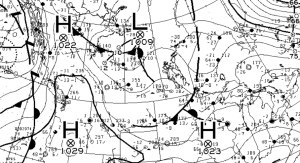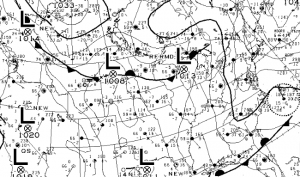Benefits:
Clear Cutting
– Efficient for harvesting and replanting trees
– Financially sound
– Increased water flow
– Increased farm land
Silviculture
– Less expensive
– Easy and efficient operations
– Avoided damage to regeneration
Selective Logging
– Allows ecosystems to support more wildlife than clear cutting
– Allows forests to retain resistance to disease and pests.
– Reduced ecological damage
Drawbacks:
Clear Cutting
– Negative impacts on nature, wildlife, habitats and plant loss.
– Loss of 1000 year old forests.
Silviculture
– Exposure to erosion
– Takes away habitats for many animals
Selective Logging
– Takes away strong trees in the forest leaving the weaker trees.
– Difficult regrowth
– Harmful to other trees
Clearcutting is financially efficient, giving consistent and high rates of return for companies, provides more farmland for it cuts down all trees in an area, giving farmers more job opportunities. Although this practice has a significant and harmful effect on plants and wildlife in a region. The most significant impact is the destruction of plant life and animal habitat. Impacts on the food chain can cause loss of species and threats to ecosystems. The forest sector has long been a cornerstone of economic activity and continues to be the foundation of B.C.′s economy. Although its significance has declined as the economy has matured and diversified over the past few decades, the forest remains important. In 2018, the forest sector was responsible for 32% ($14.9 billion) of B.C.’s total exports; the sector is the primary employer in many parts of the province. Forestry-related activities directly support over 7,000 businesses and employ more than 50,000 people. That data proves that the BC forestry industry is relatively sustainable. However, sustainability for the forestry industry would mean ‘balance’, to balance out the economy and the environment. If we try to maintain the environment and the economy, it will be difficult to balance. Economic sustainability can mean destroyed forests, but the sustainability of ecosystems will affect manufacturers and trade with different countries.
I think the forestry industry in BC is sustainable. The government is also deforesting and rebuilding trees. Although it takes time, it can ensure a certain balance. If we accelerate the deforestation, the reconstruction and regeneration of trees cannot keep up with the rate of deforestation, then it is likely that the forestry industry will become unsustainable.
https://www.bcfii.ca/bc-forests-and-markets/sustainable-forest-management
https://www.for.gov.bc.ca/hfd/pubs/ssintroworkbook/append2.htm
https://sciencing.com/advantages-disadvantages-clear-cutting-8481691.html
















